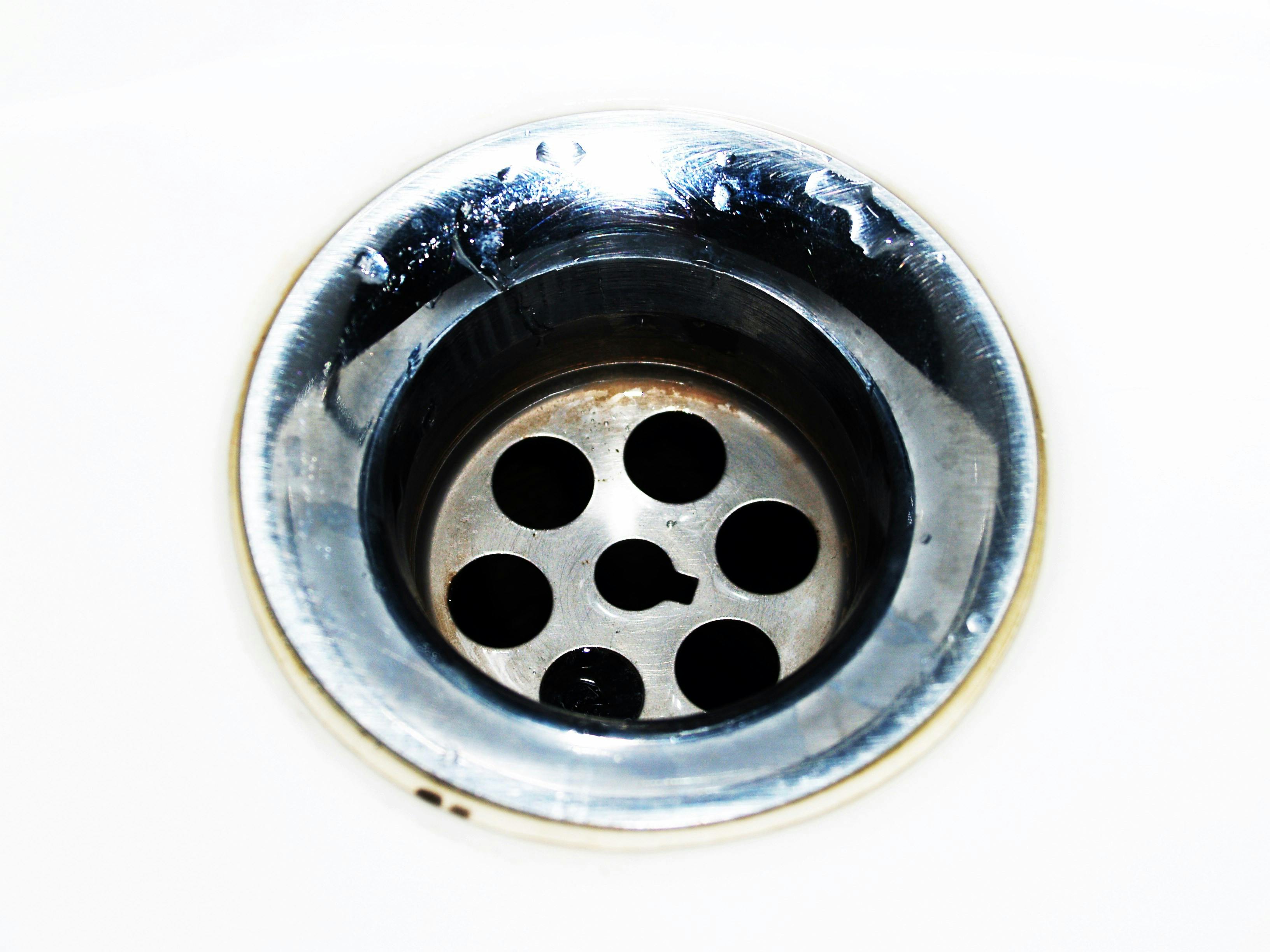Practical Guide to How to Pump Gas Efficiently in 2025

Essential Guide to Pumping Gas Efficiently in 2025
Overview of Gas Pumping
Pumping gas is a routine activity that many vehicle owners encounter, but few are genuinely knowledgeable about the process. Learning how to pump gas efficiently can save you time and money while also ensuring safety and convenience. In 2025, gas stations have introduced several advancements to enhance the fueling experience, allowing for smoother transactions and improved safety measures.
This guide will offer comprehensive gas station instructions, exploring the fueling process, including vehicle fueling steps, and essential safety tips. By the end of this article, you will be empowered with the right knowledge to handle any gas pumping situation confidently.
It's crucial to know the importance of selecting the right fuel for your vehicle's needs, understanding gas types, and managing payments. Implementing safe fueling practices, such as proper handling of the gas pump and recognizing emergency procedures, will further enhance your experience.
Preparing Your Vehicle for Gas
Before you even start pumping gas, it's essential to prepare your vehicle for the process. Begin by ensuring that you’re parked correctly next to the gas pump, and check if your fuel cap is easy to access. Take a moment to check your fuel levels on the gauge; this can help in planning your refueling effectively.
Consider recording your odometer readings for tracking fuel efficiency over time. Additionally, checking your tire pressure before fueling can enhance fuel economy. Properly inflated tires will lead to better mileage, making your refueling experience more efficient.
Moreover, remember to inform any attendants if you need assistance; many gas stations are equipped with staff who can help improve your fueling process.
Understanding the Fueling Process
Once you're ready to pump gas, understanding the fueling process is key. Start by selecting the appropriate gas pump for your vehicle. Different types of vehicles require different fuel types, including unleaded fuel, premium gas, or diesel. Check your owner's manual for specific recommendations on car fuel needs.
As you approach the pump, it is vital to know how to handle the gas pump itself. Begin by inserting the gas nozzle into your vehicle’s fuel tank and pulling the nozzle lever to start the flow. It's crucial to select the right fuel grade before starting as this impacts your car's performance and fuel efficiency.
Pay close attention during the fueling process to monitor the fueling amount. Understanding gas prices and keeping track of how much you’re spending can help you manage your budget effectively.
Safe Gas Pumping Practices
Safety should always be a priority when pumping gas. On arrival at the gas station, ensure your vehicle is secured properly. Turn off your engine, and consider engaging the parking brake. This step is vital for preventing accidents.
During the fueling process, avoid using your phone or any distractions that may divert your attention. If you notice unusual odors, such as fuel, it’s essential to stop the pumping process immediately and inform an attendant. Staying alert at gas stations can prevent dangerous situations.
Handling Payments and Gas Transactions
When it's time to pay for gas, understanding your payment options for fueling can streamline the process. Many gas stations now offer online payment methods and mobile apps for convenience, but it's helpful to have your gas credit card ready as well.
For those using cash, make sure you understand how to properly handle gas pump transactions. Speak to the attendant about how to pay securely at the pump. If using a credit card, ensure that you understand gas card issues and verify any errors before completing the transaction.
Don’t forget to check for fuel loyalty programs or discounts that some gas stations offer to save on gasoline costs. Understanding these promotions can lead to significant savings on your fuel expenses.
Common Gas Pumping Mistakes to Avoid
Even experienced drivers can make mistakes when pumping gas. One of the common errors is failing to check the nozzle for clicks, which indicates proper insertion. Ensure you take the time to ensure that the nozzle is seated correctly before starting the pump.
Another common mistake is overfilling the gas tank, which can lead to spills and expensive repairs. Learning how to stop the gas flow immediately when the nozzle automatically clicks is essential. It’s also important to avoid static electricity; ensure you ground yourself by touching a metal surface before handling the nozzle.
Finally, familiarize yourself with emergency procedures at the gas station, such as knowing where the emergency shut-off switch is located and how to report accidents if they occur. Being proactive can make all the difference in maintaining safety.
Your FAQs about Pumping Gas
What should I do if the pump stops working?
If you notice that the gas pump is malfunctioning or not dispensing fuel, stop the process and notify a gas station attendant immediately. They are trained to deal with such situations and can provide assistance.
How do I choose the right fuel for my car?
Selecting the appropriate fuel is essential for maintaining your vehicle's performance. Always refer to your owner's manual or the inside gas cap for specifications regarding unleaded fuel or premium gas. Using the recommended octane rating can help ensure engine efficiency and longevity.
Can I use a credit card at the pump?
Yes, most gas stations allow you to use a credit card at the pump. Just make sure to select the correct payment method on the pump screen before inserting your card. This method can expedite the fueling process considerably.
How can I prevent spills when fueling?
To avoid spills, ensure the nozzle is inserted fully into the tank to prevent fuel from splashing out. Also, avoid overfilling by stopping when the nozzle automatically shuts off.
What should I do if I suspect a gas leak?
If you smell gas or suspect a leak, stop fueling immediately and alert a gas station attendant. Do not attempt to investigate the leak yourself; your safety is the utmost priority.